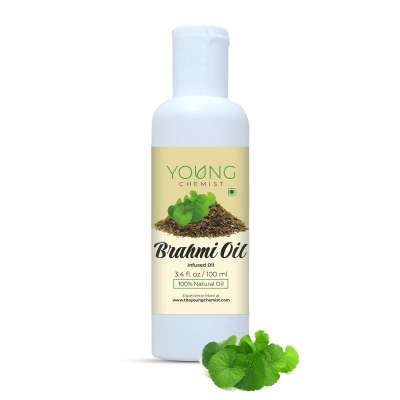thermage treatment near me
Congratulations on your pregnancy! As you eagerly await the arrival of your new baby, you may notice several changes in your body, particularly in your skin. It’s natural to wonder, “Is this normal? Will it go away?”
During pregnancy, hormonal shifts and weight gain can lead to various skin changes. Understanding these changes and knowing how to manage them can help you feel more comfortable and confident throughout your pregnancy and beyond. This guide will explore common skin changes during pregnancy and provide tips for managing them during and after pregnancy.Common Skin Changes During Pregnancy
Pregnancy-related skin changes can be grouped into five main categories: pigmentary changes, connective tissue changes (i.e. stretch marks), pregnancy acne, hair changes, and vascular changes.Pigmentary Changes:
One of the most common pregnancy skin changes is hyperpigmentation. This includes darkening of the areola (the skin around the nipples) and the appearance of a dark line running down the abdomen, known as the linea nigra, as well as neck, armpit and groin folds. These changes are normal and usually resolve after pregnancy.
Melasma, also known as the “mask of pregnancy,” can worsen during this time and tends to persist postpartum, especially in those with darker skin types.
Using broad-spectrum sunscreen and avoiding excessive sun exposure can help manage melasma during pregnancy. Products with vitamin C or niacinamide can help even out skin tone.
Avoid ingredients such as hydroquinone, retinoids, and high concentrations of glycolic acid.Connective Tissue Changes:
Up to 90% of pregnant women develop stretch marks, known as striae gravidarum, due to hormonal factors and the physical stretching of the skin. While these often resolve to some extent, they may not completely disappear.
The stretching of the skin can often cause dryness and itchiness. It’s important to moisturize regularly to relieve itching and improve skin hydration. Maintaining adequate hydration and reducing skin irritation by wearing loose clothing made of breathable fabrics can also help. Stretch marks are largely determined by genetics and how quickly you gain weight. So, if you want to prevent them, avoid rapid weight gain and keep your skin hydrated.
Pregnancy Acne:
Acne often improves during the first trimester but may worsen during the third trimester due to increased maternal androgen concentrations and the resultant effects on sebum production. In addition to hormonal changes, pregnancy-associated immunologic factors may also contribute to acne development. Inflammatory lesions tend to be more common than noninflammatory ones and often extend to the trunk. Patients with a history of acne are more prone to developing acne during pregnancy.
To manage pregnancy acne, use mild, non-comedogenic cleansers to keep your skin clean without causing irritation. Avoid harsh scrubs that can aggravate your skin. Products with benzoyl peroxide or azelaic acid in low concentrations can help manage acne. Choose oil-free moisturizers to keep your skin hydrated without clogging pores. Refrain from picking or squeezing blemishes to prevent scarring and further irritation.
Read more : https://drdaesthetics.com/ther....mage-skin-tightening












